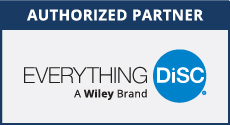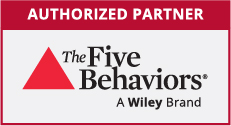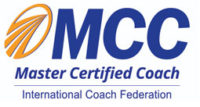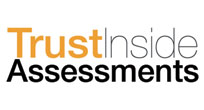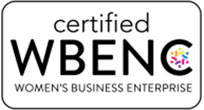In today’s technological world, people can tune in to work from virtually anywhere at any time. This provides great flexibility on the employee side but poses a unique challenge for the employer. As the workforce continues to expand across the physical and virtual space, companies are searching for ways to create a positive experience for all employees, regardless of their location.
According to Deloitte, “by focusing on the employee experience, HR leaders can improve employee engagement, empower teams and leaders, and develop workforce solutions that are useful and compelling to employees.” However, this can be particularly challenging for virtual teams with limited in-person engagement.
For the Enterprise IT senior leadership team at AmerisourceBergen, a global healthcare solutions leader, working in a virtual environment made it difficult to stay engaged and bring their talents together as one team. Dale Danilewitz, the team leader and CIO, noticed how the virtual working environment created an interpersonal barrier to teamwork, noting signs of disengagement and a strain in some communication. “We needed to break down barriers and evolve the team into something productive,” said Danilewitz. He wanted to create a team culture based on collaboration, innovation, and, most importantly, fun.
“Fun can mean being motivated to come to work every day, but it can also mean not looking over your shoulder. You’re not afraid to be your true self,” he said. “When you’re not having fun, you’re wasting energy by struggling rather than using that energy to build, create, and innovate.” Danilewitz knew if he couldn’t break down barriers to create an engaging virtual environment for his team, he’d be at risk of losing great talent.
A Team Solution That Works
Danilewitz needed a solution that would keep his team engaged and connected even if they weren’t physically working side by side. In his search for a solution, he discovered the best-selling teamwork fable, The Five Dysfunctions of a Team, by Patrick Lencioni. He immediately recognized his own team in the story.
He connected with a Five Behaviors® Authorized Partner and learned that the book was the springboard for the team program, The Five Behaviors.
Building the Foundation for Teamwork
The Five Behaviors is an assessment-based learning program that helps organizations discover what it takes to foster truly productive and cohesive teams. They learn how to apply The Five Behaviors model of Trust, Conflict, Commitment, Accountability, and Results to improve teamwork.
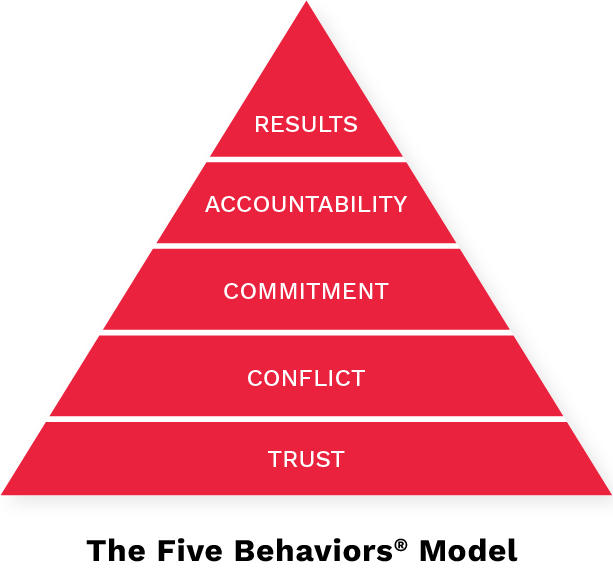
“We wanted to make progress. We were open and honest and agreed on common issues that we were facing,” said Danilewitz. “For example, some of us admitted to not feeling fully onboard with the team and being afraid to hold each other accountable.” Despite these concerns, each member was committed to finding a way to work better together.
“There’s just nothing that beats a cohesive, collaborative team that functions together. It takes heavy lifting, but the ROI is worth it,” said The Five Behaviors Authorized Partner. To begin, the team started with trust. The Five Behaviors model defines vulnerability-based trust as the foundation of teamwork and is particularly important for virtual teams with limited in-person interaction.
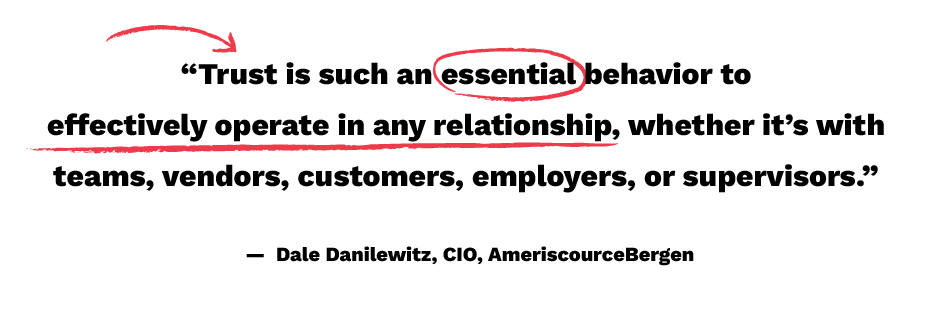
“The Five Behaviors helped us understand how to establish that trust and continue to build upon it,” said Danilewitz. The team found that sharing personal and professional successes and failures helped put vulnerability-based trust into practice and was something they could do online. Connecting on a deeper level and developing empathy helped them see the value that each person brought to the team.
“The Five Behaviors was an accelerator to help build those trusting relationships and get our team operating more effectively,” said Suzanne Kosub, the head of Delivery Management. “The sooner we were able to build conditions of trust, the sooner we were able to have transparent conversations about holding each other accountable and driving toward results.”
Adapting to the Team
The Five Behaviors program is paired with the personality inventory Everything DiSC®, which provides a framework for effective communication and relationship building. By understanding the distinct personalities and working styles of each member, the leaders in Enterprise IT were able to adapt and work together more effectively. In a virtual environment, it can be especially challenging to gain a deep understanding of your colleagues. However, Everything DiSC provides a language that allows individuals to apply their insights to their daily interactions, whether they are in-person or online.
For Kosub, the combination of personality styles and The Five Behaviors model helped her adapt to a new position in the company. She became more aware of the team’s dynamics and how to better engage with her coworkers.
Making Comparisons and Connections
Building strong relationships is important for any team, but it’s critical for virtual teams. Virtual teams must overcome their limitations to find ways to cultivate their relationships. To build those connections, the team used The Five Behaviors Comparison Reports. With these reports, each person compares their assessment results with another team member to gain personalized insights on working better together. Comparison Reports provide a framework for a productive one-on-one conversation that builds upon vulnerability-based trust.

The Enterprise IT team knew they needed to be proactive with The Five Behaviors to see results. They took full advantage of Comparison Reports. “The comparison reports were a decoder that gave me clarity on how to work better with my coworkers and boss,” said Kosub. The Comparison Reports helped the team bridge the physical and interpersonal gap that kept them from collaborating as one team.
Teamwork Takes Practice
“As one of the leaders within our group, I knew how important it would be for our management teams to align and demonstrate what it means to act as a unified workforce,” said Perry Sandberg, Vice President of Service Governance and Improvement. After the heavy lifting of vulnerability-based trust, the remaining behaviors of the model seemed to naturally fall into place. For instance, the team learned to approach conflict as a debate around ideas, not personal opinions. By continuously practicing these behaviors, the team stayed focused on collective goals and set the gold standard for teamwork.
As the team incorporated The Five Behaviors into their daily work, the team concepts trickled down to their direct reports. On the company-wide engagement survey, “Manager Effectiveness” scores increased, demonstrating the value of The Five Behaviors at both the team and leadership levels. “If one of us is struggling with a challenge, we see how we can help resolve it as a collective team. For me, that’s fun,” said Danilewitz.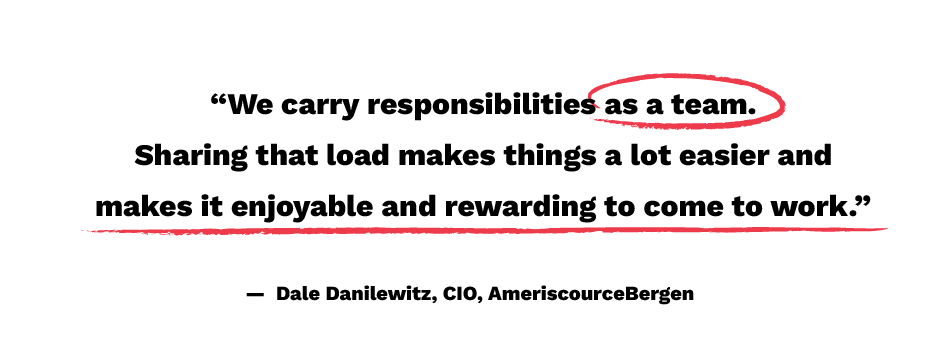
With The Five Behaviors integrated into both their in-person and virtual work culture, the AmerisourceBergen team learned how to harness the power of teamwork. Their new team culture of collaboration and trust helps them stay engaged regardless of their work environment, positioning them for success in an ever-evolving business landscape. Learn how The Five Behaviors can help your teams soar.
To learn more, connect with Laura A. Davis and Associates, your Everything DiSC and Five Behaviors Authorized Partner.



